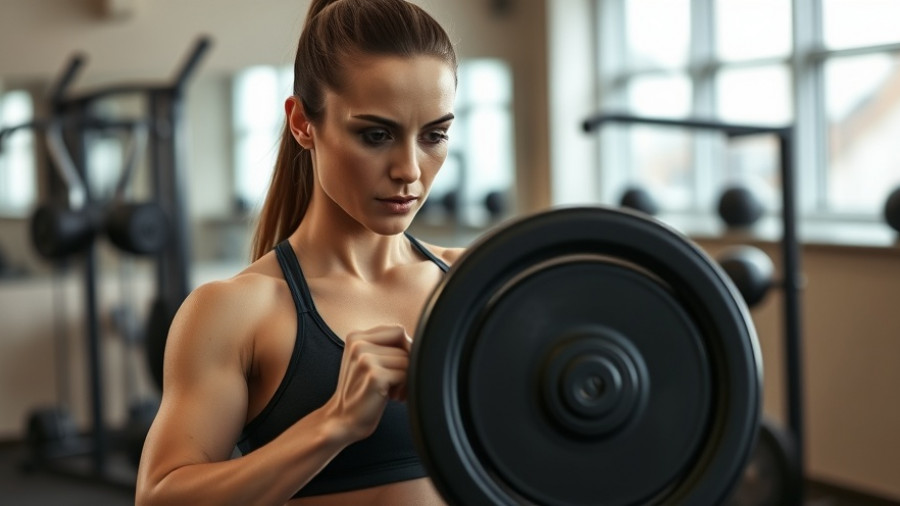
Understanding the Pursuit of a V-Taper Physique
The desire for a V-tapered torso is not merely a modern obsession; it is a physical representation of strength and aesthetic appeal that dates back to ancient civilizations. This body shape, characterized by broad shoulders narrowing down to a slim waist, is often admired for its embodiment of athleticism and attractiveness. While achieving a V-taper can be a transformative goal for many, it is essential to navigate the process carefully to avoid common pitfalls that can derail success.
Common Missteps on the Journey to a V-Taper
Many aspiring bodybuilders overlook certain key areas in their training regimen, often focusing on the wrong muscle groups or employing ineffective exercises. For instance, targeting only the shoulders without adequately developing the back can lead to an unbalanced appearance. Furthermore, neglecting nutrition can significantly hinder progress. A successful V-taper physique requires a blend of resistance training and a well-structured diet.
Defining the V-Taper: Why It Matters
A V-shaped body is not just a personal fitness goal; it is widely recognized as a marker of health and fitness. Research indicates that a V-taper not only signifies physical strength but also enhances perceived attractiveness. Broad shoulders and a narrow waist create an illusion of strength and dominance that is attractive across various cultures. Moreover, this body shape is associated with improved physical performance in numerous sports, giving individuals an edge in athletic disciplines.
The Best Exercises for Achieving a V-Taper
To cultivate a V-taper body, specific exercises target the necessary muscle groups effectively. Essential moves include:
- Overhead Presses: These excel in building shoulder strength and width.
- Pull-Ups and Lat Pulldowns: These enhance the upper back, crucial for a wider appearance.
- Rows: Tactical rowing builds back muscles and promotes a strong posture.
- Deadlifts: Not only do deadlifts strengthen the back but they also support overall gains in muscle mass.
Nutritional Foundations for a V-Taper
Beyond exercise, diet plays a crucial role in achieving a V-taper. A lean physique cannot be attained without addressing body fat percentage. Incorporating a balanced diet rich in proteins, healthy fats, and carbohydrates is vital. Protein supplements can aid in meeting daily protein targets, while incorporating whole foods assures a holistic approach.
Planning Your Workout Routine
Creating a well-rounded workout plan that incorporates the exercises mentioned and addresses both muscle growth and fat loss is essential. Arrange your routine to focus on strength training combined with cardio for optimal results. This balanced approach ensures that while building muscle, you're also shedding any excess body fat, leading to a more defined V-taper physique.
Final Thoughts and Call to Action
The journey to a V-taper physique is demanding yet rewarding. It involves a combination of effective training, meticulous dietary adjustments, and a commitment to continuous improvement. Individuals seeking to achieve this iconic body shape should remain patient and strategize effectively. To kick-start your fitness journey, explore supplement options tailored for your goals, and consider consulting an expert to enhance your approach.
 Add Row
Add Row  Add
Add 




Write A Comment